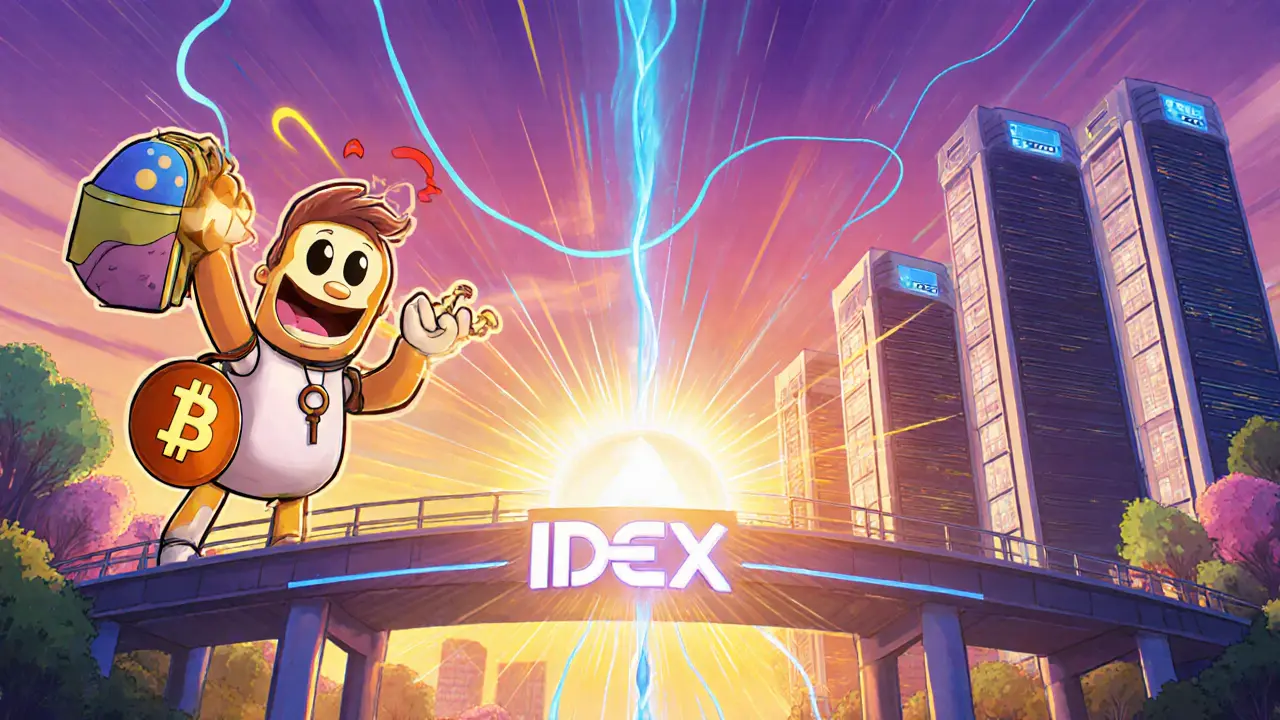IDEX Fees Explained – What Traders Need to Know
When working with IDEX fees, the trading costs applied by the IDEX decentralized exchange. Also known as IDEX exchange fees, they determine how much you pay per trade, per withdrawal, or when you provide liquidity.
Understanding the fee landscape starts with the two core components most exchanges use: the maker fee, the charge for adding order book depth and the taker fee, the cost for removing liquidity from the book. IDEX applies a tiered model where higher volume traders enjoy lower percentages. The fee schedule also includes a flat withdrawal fee, the fixed amount taken when moving tokens off the platform. Together, these elements shape the total cost of each transaction.
Key Points to Keep in Mind
First, the IDEX fees you see on the trading page reflect the current maker‑taker split. If you place a limit order that sits on the order book, you’ll pay the maker rate; market orders that instantly match an existing offer trigger the taker rate. Second, volume discounts are calculated on a 30‑day rolling basis, so consistent trading can move you from a 0.30% taker fee down to 0.15% or lower. Third, withdrawal fees are token‑specific; for example, ETH withdrawals cost a fraction of a cent in gas, while low‑liquidity assets may have a higher flat charge.
Why does this matter? Because every percentage point eats into profit margins, especially on thin‑margin strategies like arbitrage or high‑frequency scalping. Knowing when you’re acting as a maker versus a taker lets you design orders that minimize costs. Likewise, keeping an eye on your monthly volume helps you time fee‑tier upgrades and avoid surprise spikes.
Beyond the basics, IDEX offers fee rebates for users who stake its native utility token. Staking reduces both maker and taker rates by a fixed percentage, creating a direct incentive to hold and use the token within the ecosystem. This ties fee economics to token utility, a trend you’ll see across many modern DEXs.
In the collection below you’ll find deep dives into IDEX’s fee schedule, comparisons with other popular exchanges, step‑by‑step guides for calculating trade costs, and tips for optimizing your withdrawals. Whether you’re a beginner trying to avoid hidden charges or an experienced trader looking to shave off every basis point, the articles ahead give you actionable insight into how IDEX fees shape your bottom line.
IDEX Crypto Exchange Review 2025: Hybrid DEX vs CEX Features, Fees & Security
A thorough 2025 review of IDEX, the hybrid crypto exchange that blends DEX security with CEX speed. Learn about its tech, fees, token, security, and how it stacks up against Uniswap and Binance.
